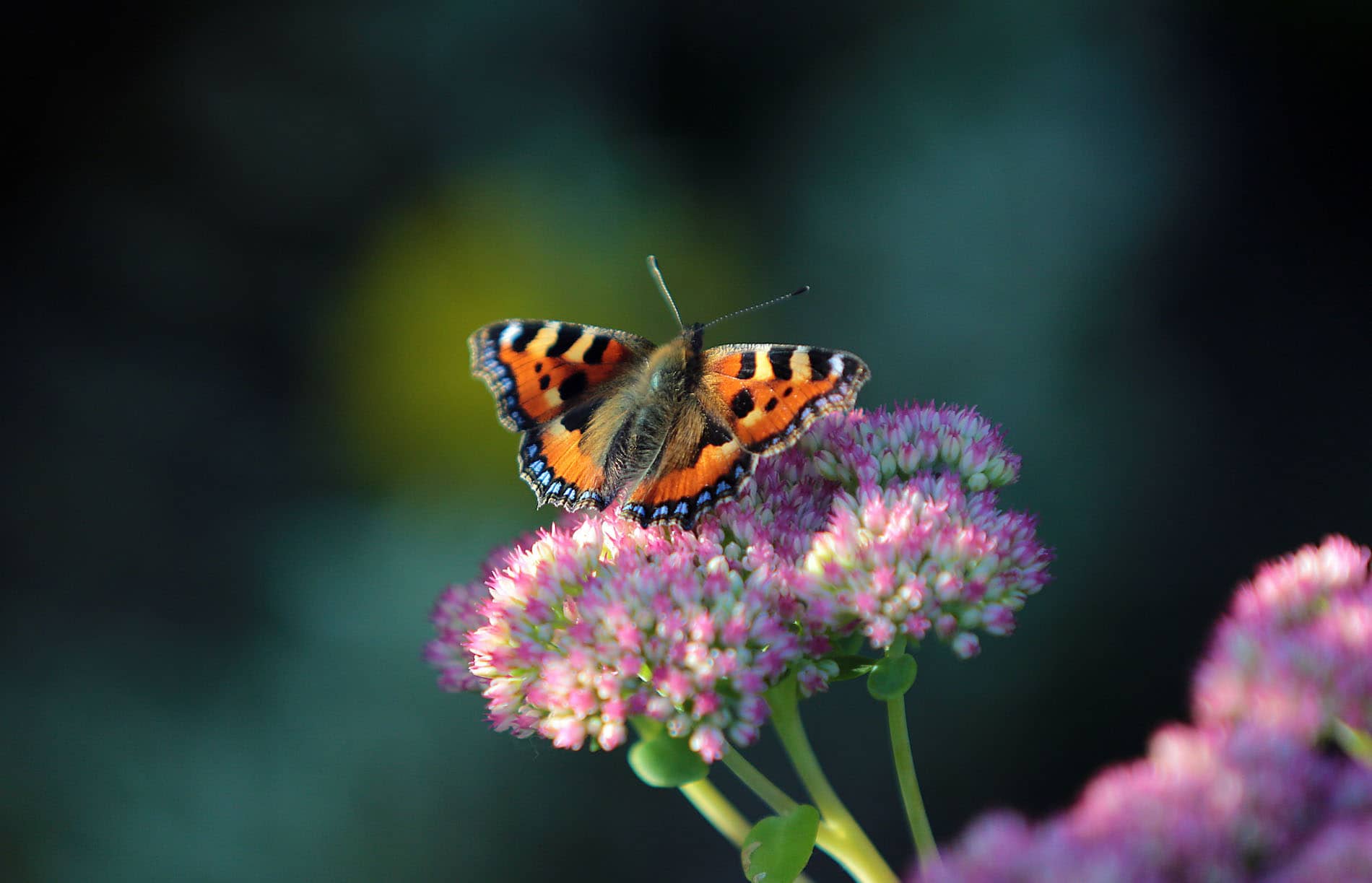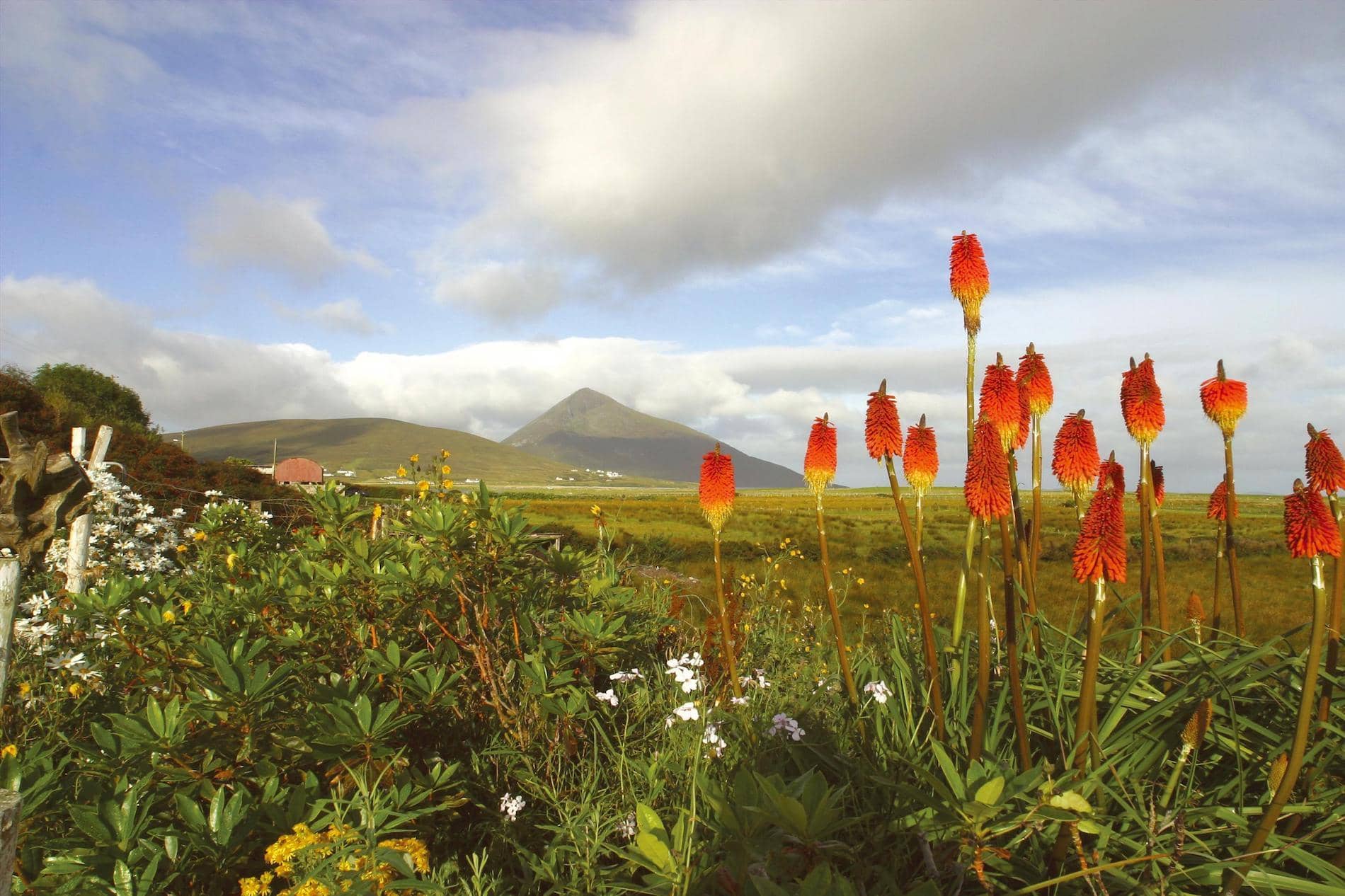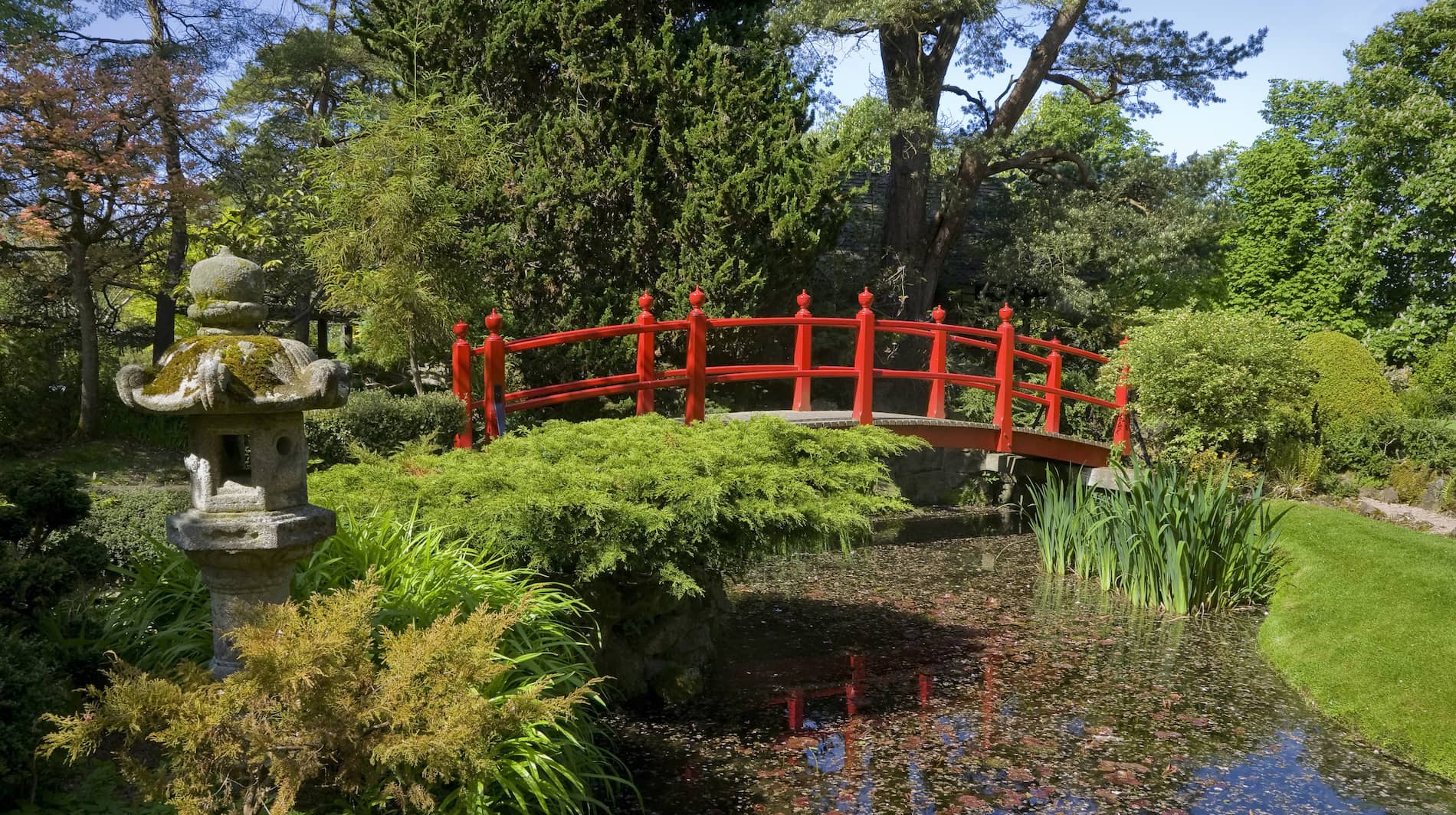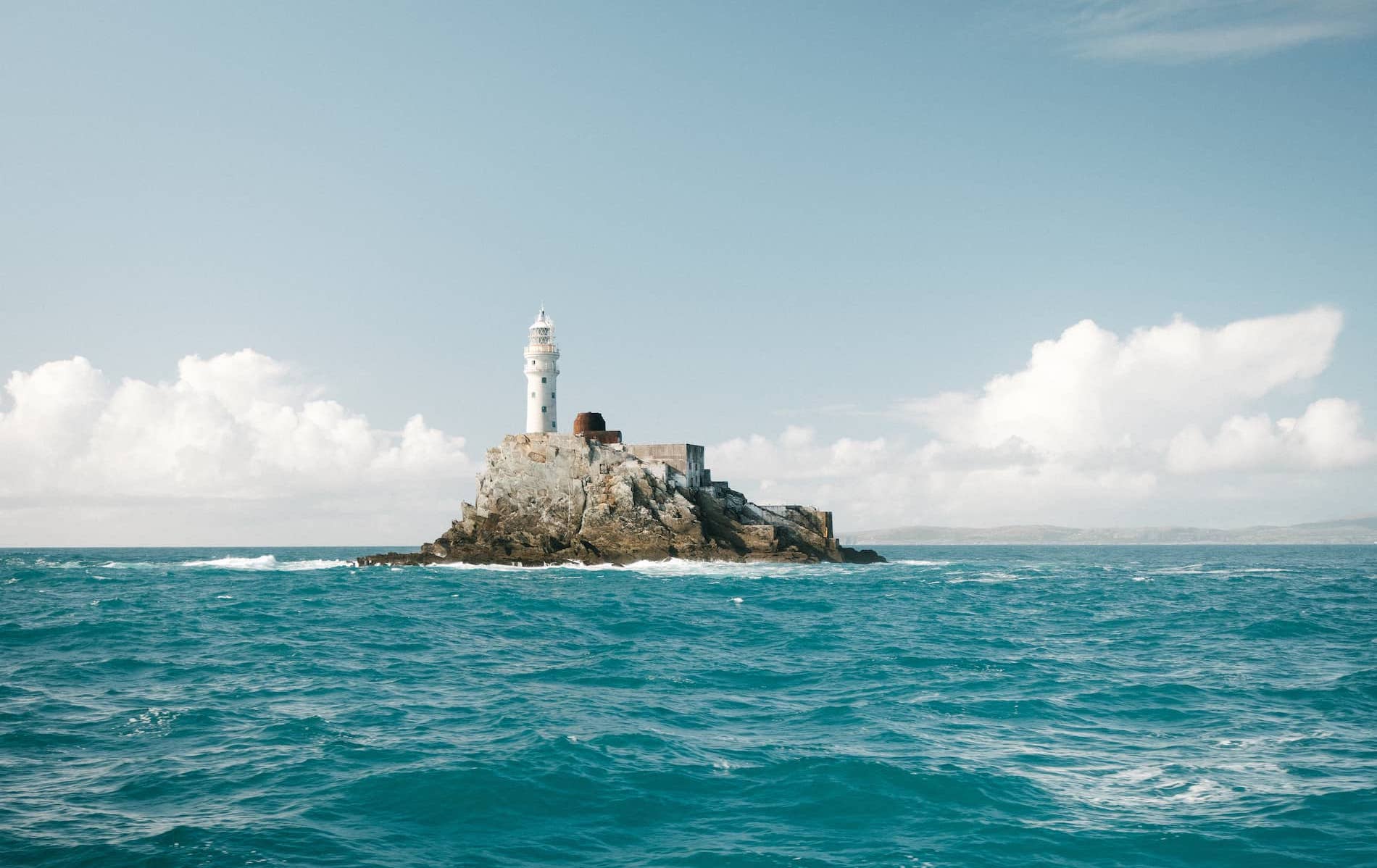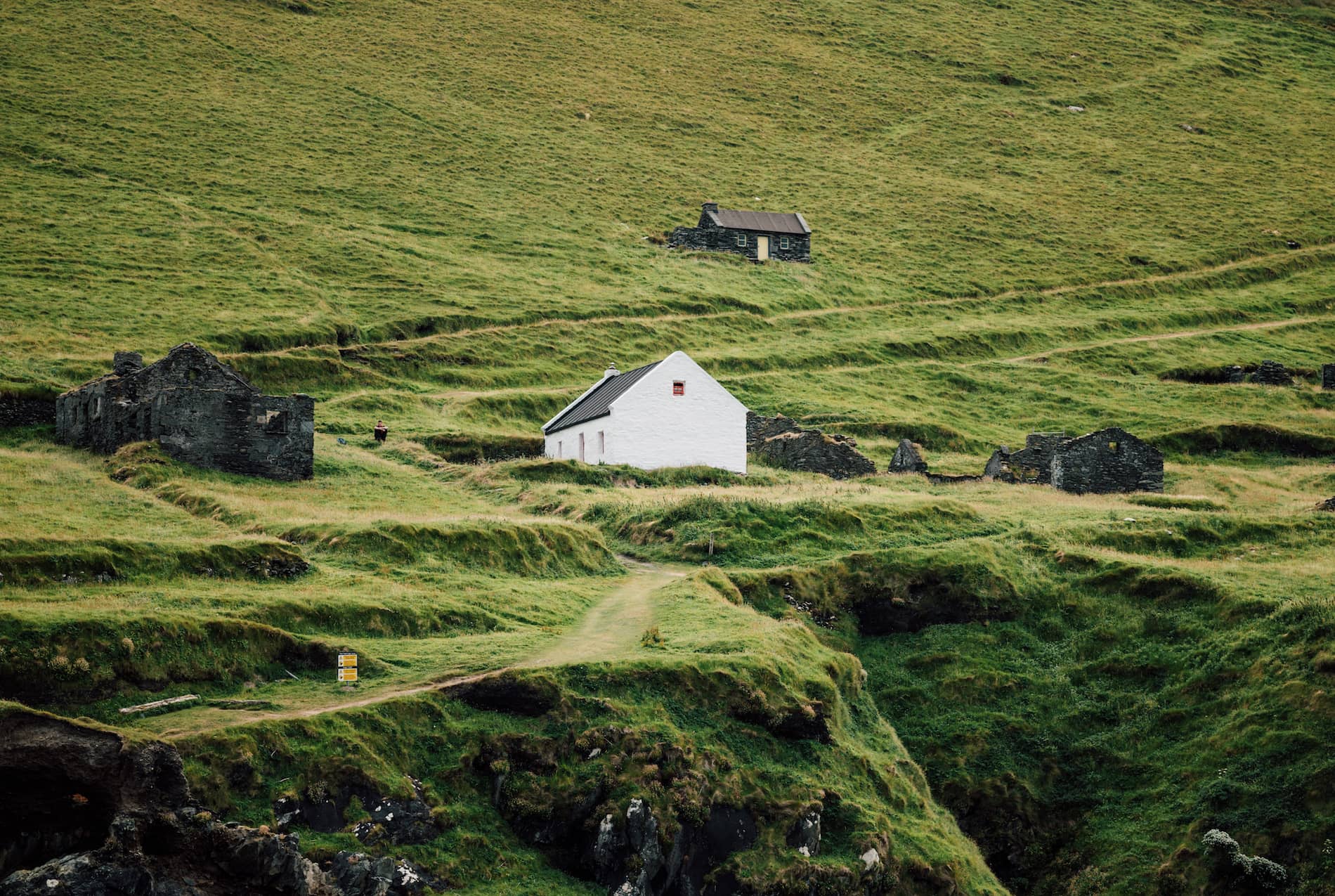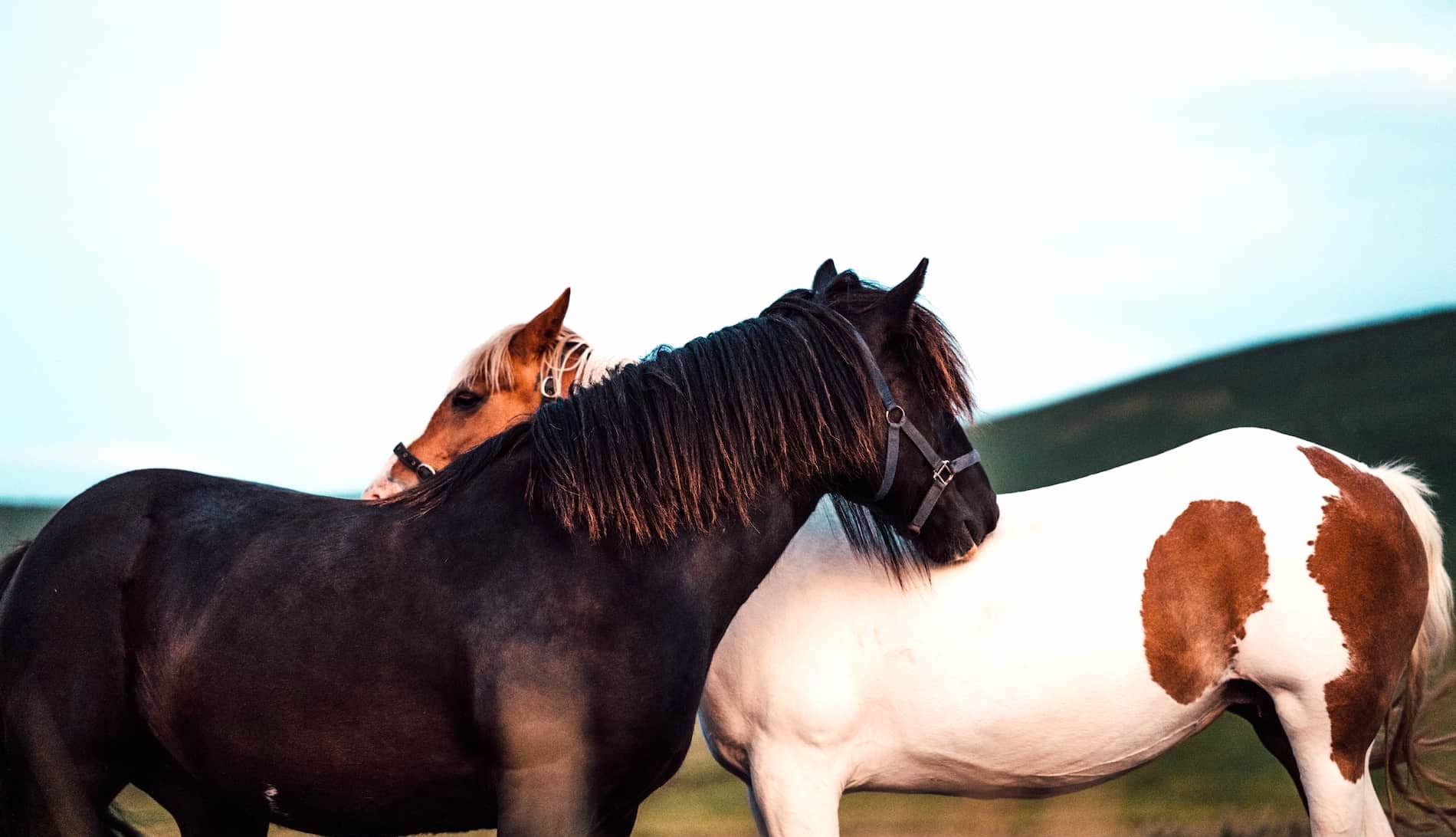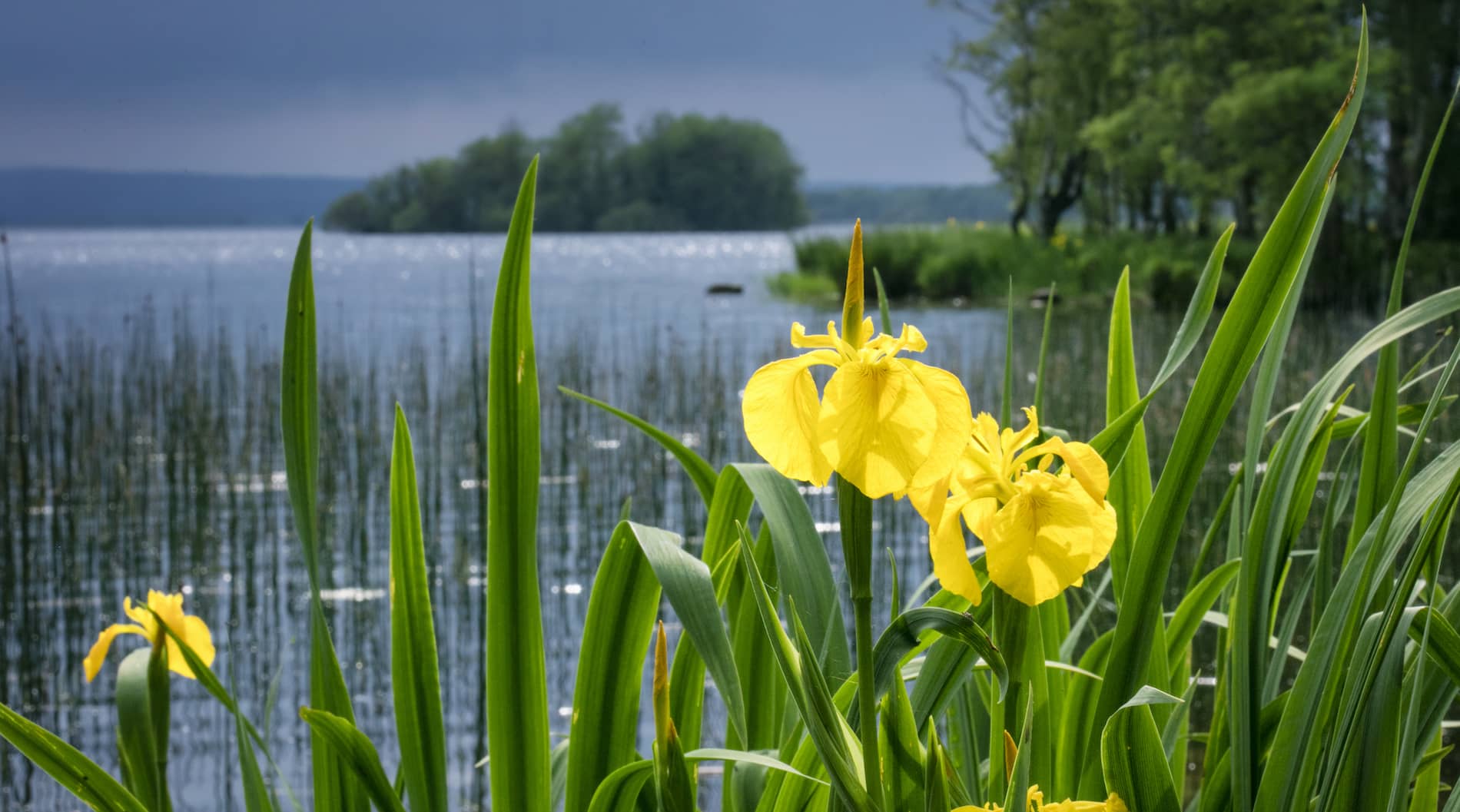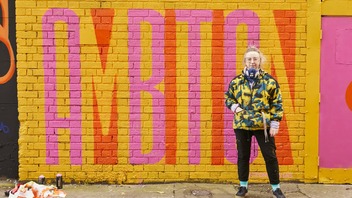
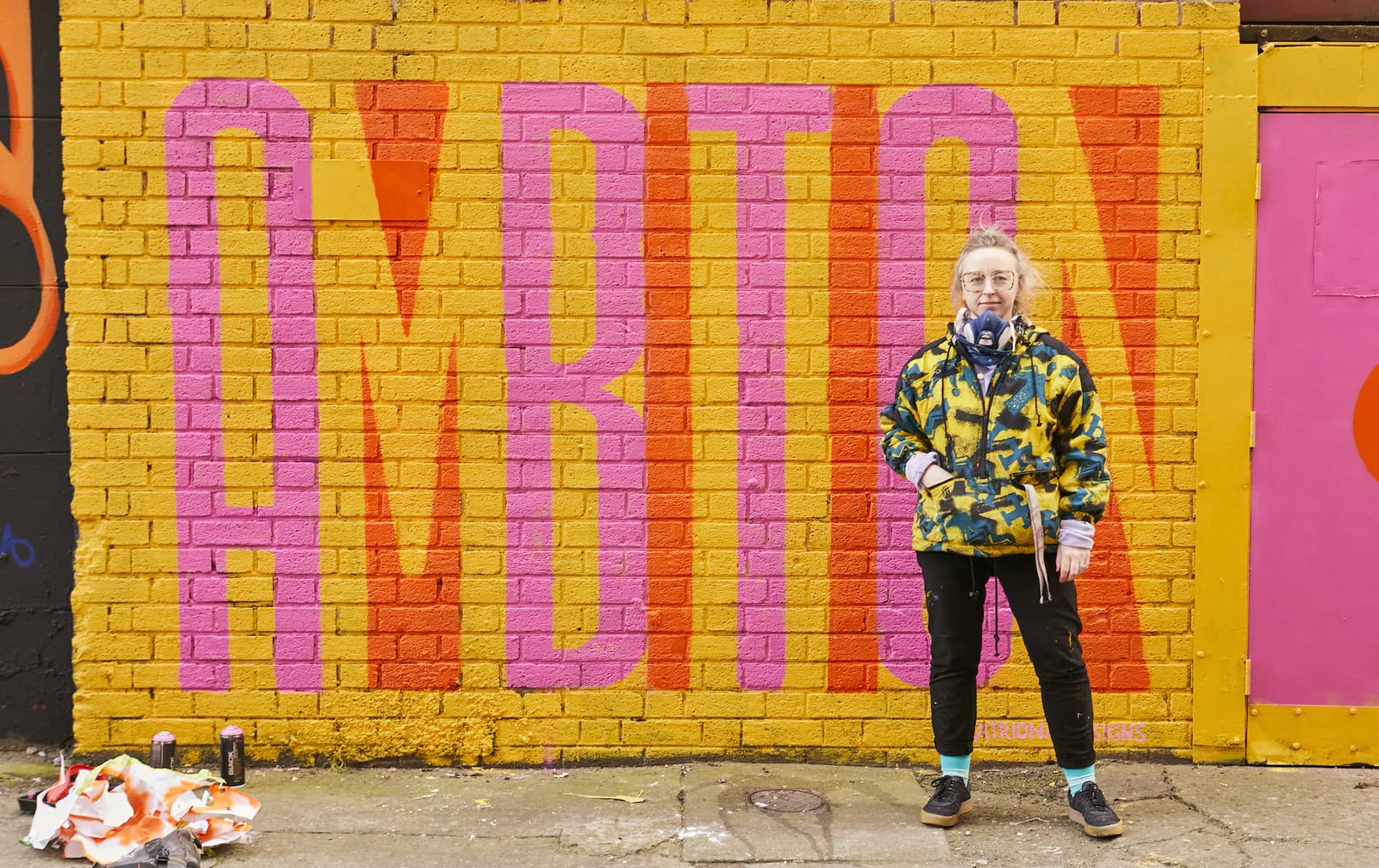
Talking walls
The walls of Belfast have long been used as a canvas on which to paint the history of the city – a history to which the word “chequered” barely does justice.
And it’s not just Belfast. Travel around Northern Ireland, and you’ll discover many towns that have murals emblazoned on their walls. Most carry political messages.
One of the most famous is “You Are Now Entering Free Derry”, which appeared in 1969, painted on a gable end by teenager Liam Hillen. It subsequently became a symbol of resistance and civil rights.
But the murals that adorn walls and gable ends in areas on either side of the political divide in Belfast are not so much symbols as bona fide works of art. They are well-documented and range from paintings of William of Orange to President John F Kennedy, and depictions of Irish history from the Great Famine to various Ulster regiments’ participation in two world wars.

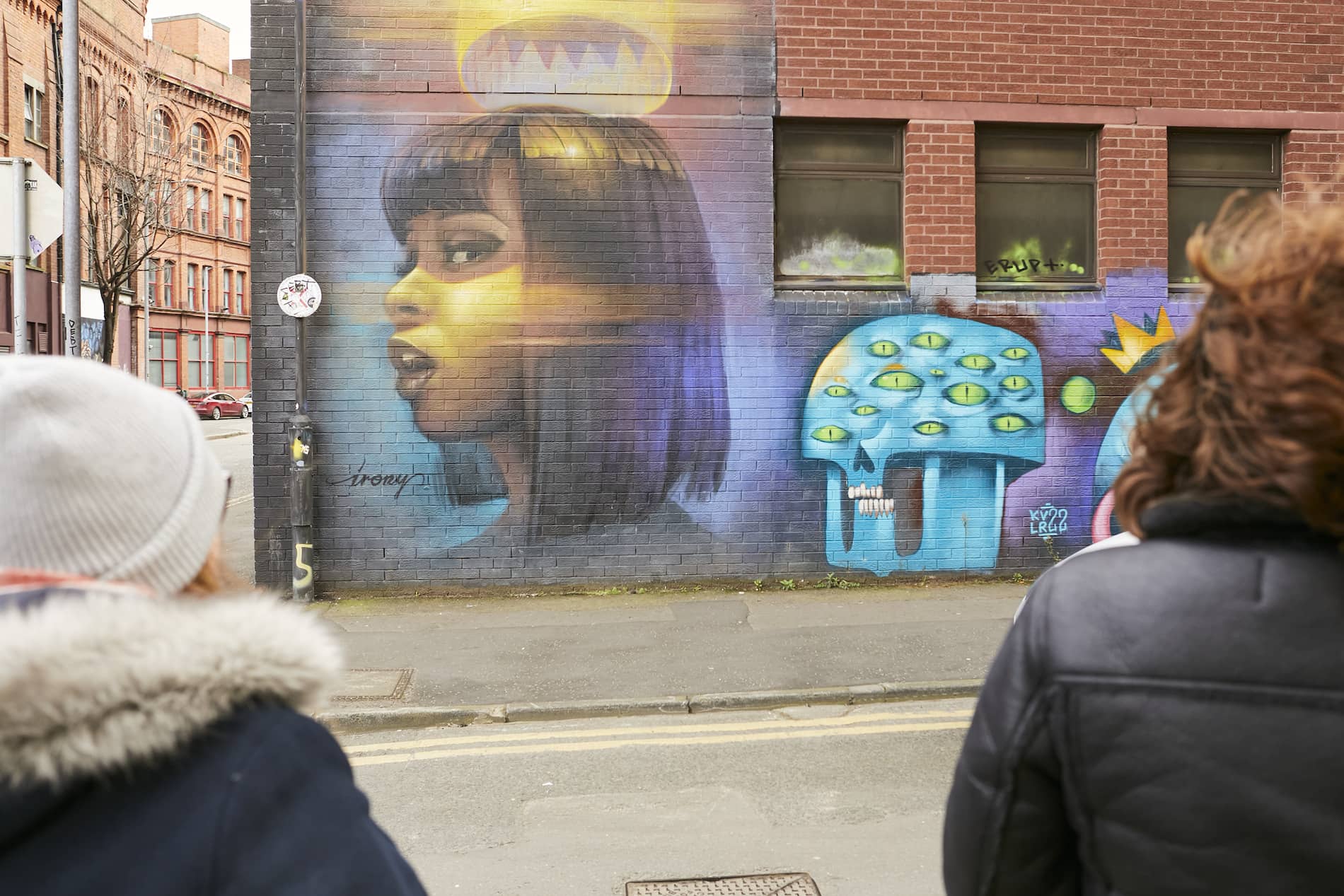
Artworks by Irony and KVLR
For over a hundred years they have carried political, sometimes visceral, messages in their artwork. Today they are joined by less inflammatory pictures: Narnia man CS Lewis, footballer George Best and even Princess Diana stare down at you from city walls.
But there is another element to street art in Belfast, one that continues to develop. This is an art form that has its roots in 1970s Brooklyn, and which has steadily taken hold in Belfast.

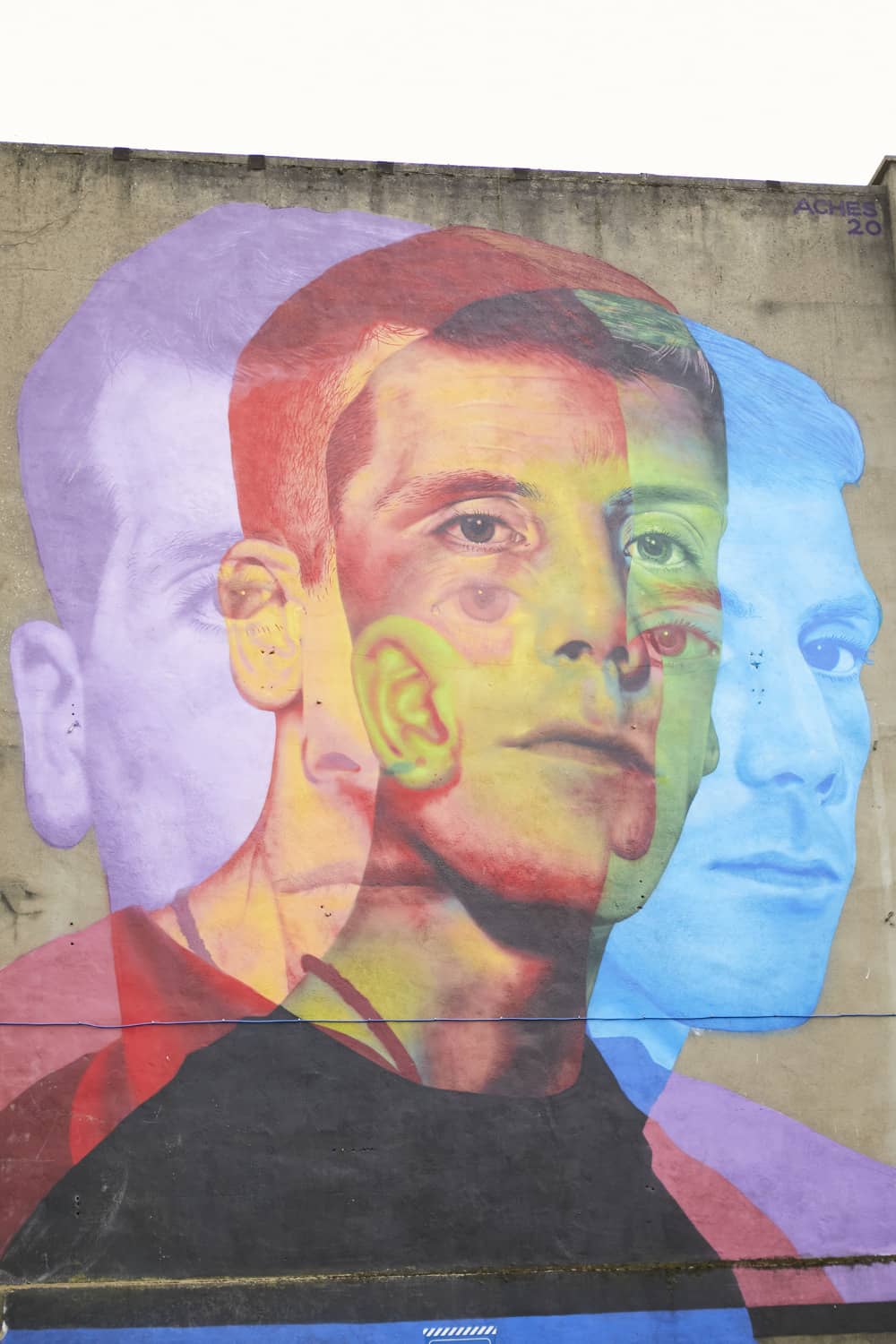
Disruptions by Aches

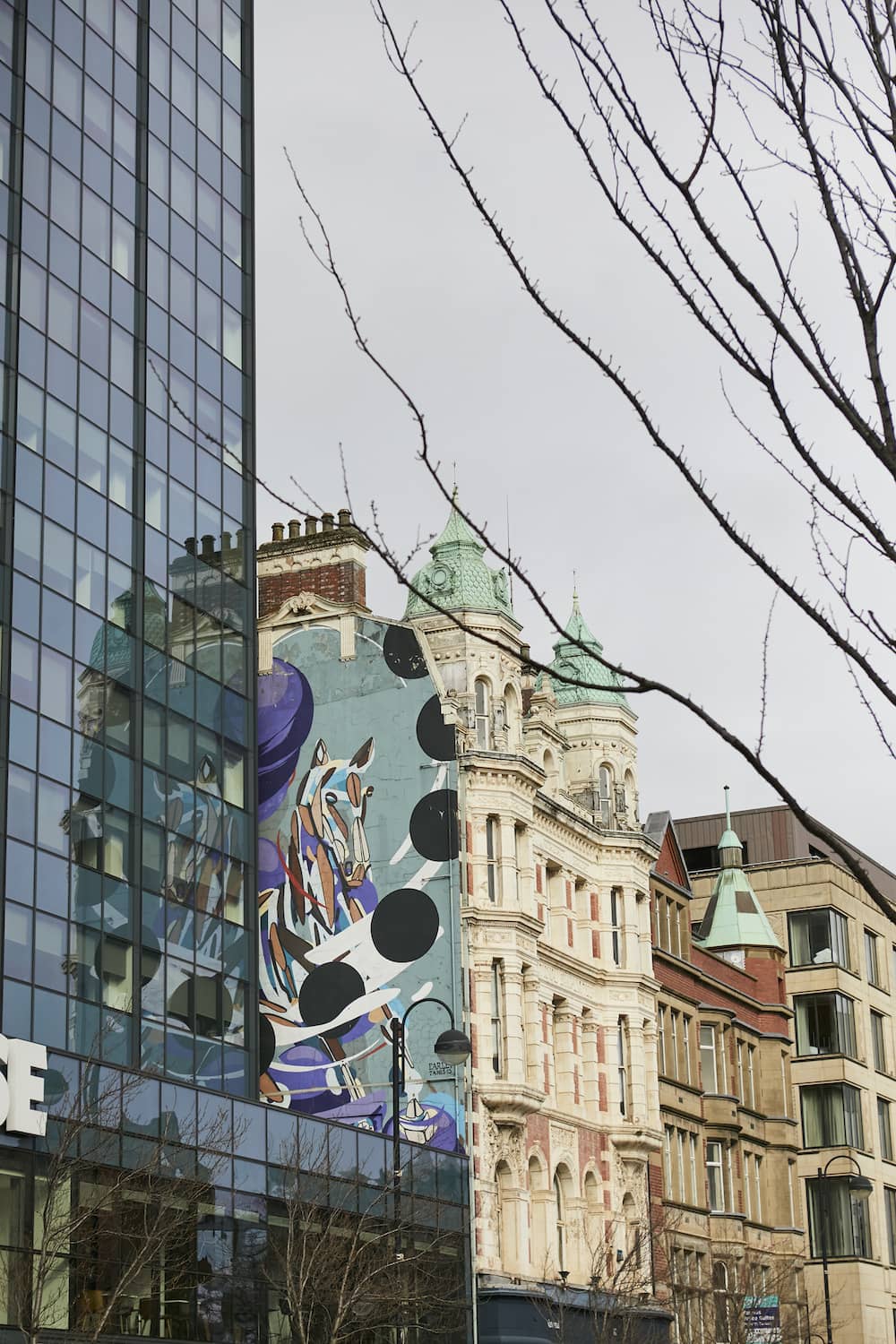
High Horse by James Early
Adam Turkington of Seedhead Arts in Belfast explains: ”If you spend any time in the city you’ll know that its walls are covered in art. Often this sort of thing has been used to mark territory for one side or the other — politically, or even tribally speaking — but recently, alongside this something transformative has been bubbling.
International street artists have joined a new breed of Belfast-based street artists to leave their mark on the city. This happens largely around the Cathedral Quarter. That's where the focus is.”

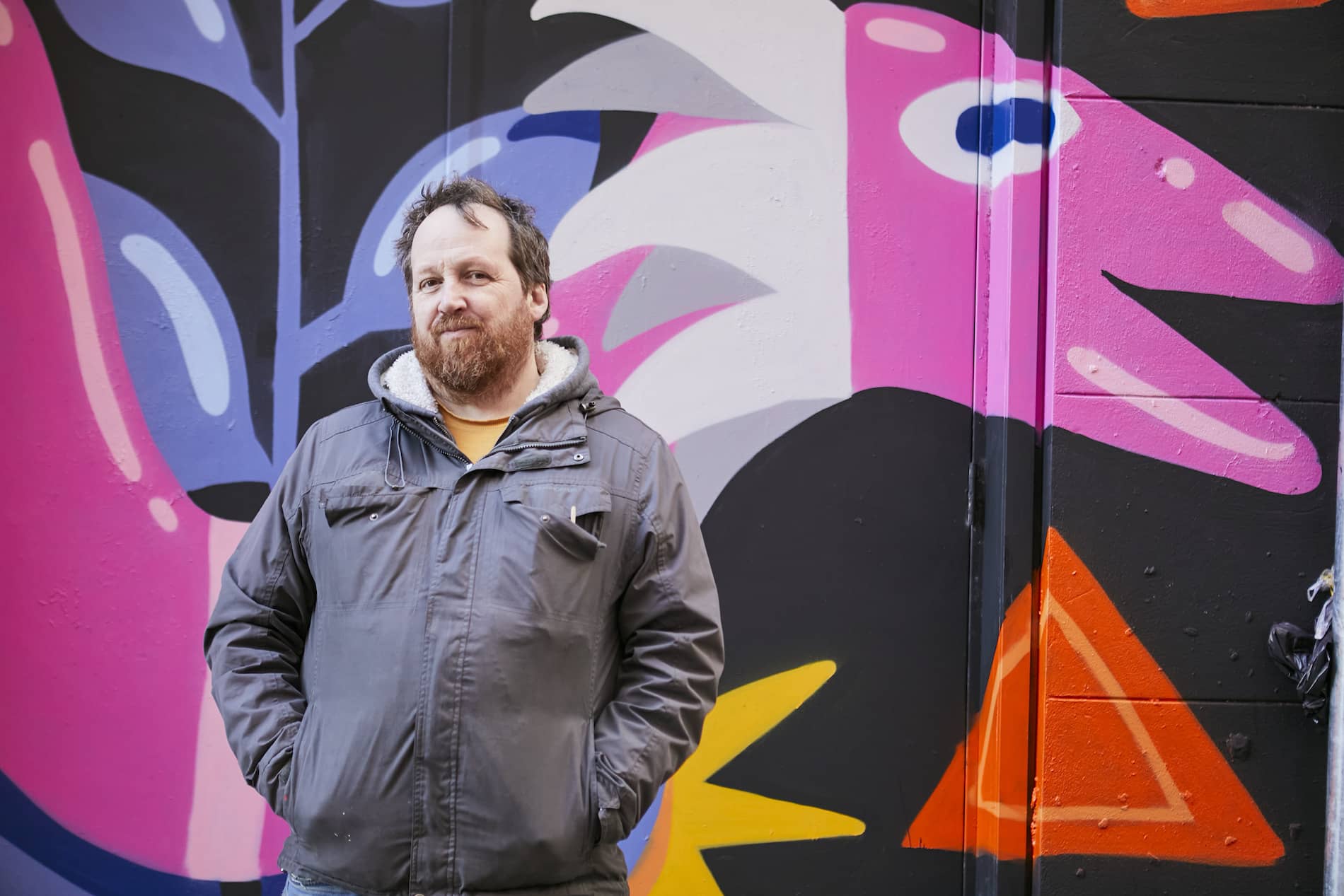
Adam Turkington, Seedhead Arts
This area of downtown Belfast is a tight maze of cobblestoned streets and warehouses that surrounds St Anne’s Cathedral, and basically radiates towards the Lagan River. A walk through this neighbourhood will reward you with modern street art that almost stands in defiance – and in stark contrast – to the old political murals.

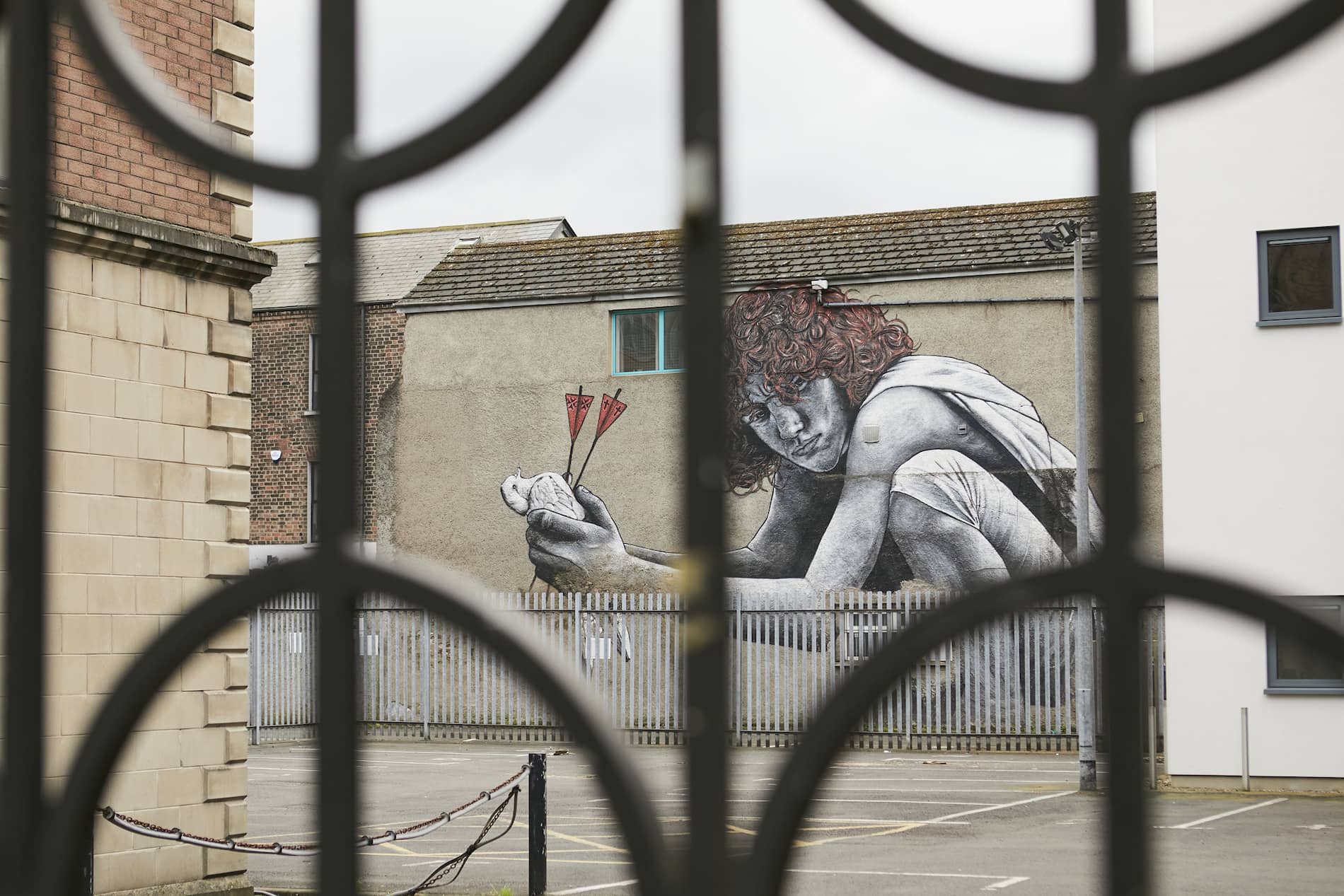
The Son of Protagaros by MTO
Just opposite the cathedral, in Talbot Street is a startling image of a man holding a dove that has been struck by two arrows. By the artist MTO, it’s called The Son of Protagaros – Protagoras, as you may or may not know, was a Greek philosopher who believed that there is no objective truth. That sort of imaginative thinking would have helped him fit in well in Belfast!
As it is, his image has become renowned and respected. The painting itself is incredible, an arresting image that draws you in. In fact, walking around this area, you soon realise that the art on the walls rivals anything you’ll find in any international gallery. The quality is extraordinary, the subjects visionary, the messages sometimes are surreal, and at times just plain funny.

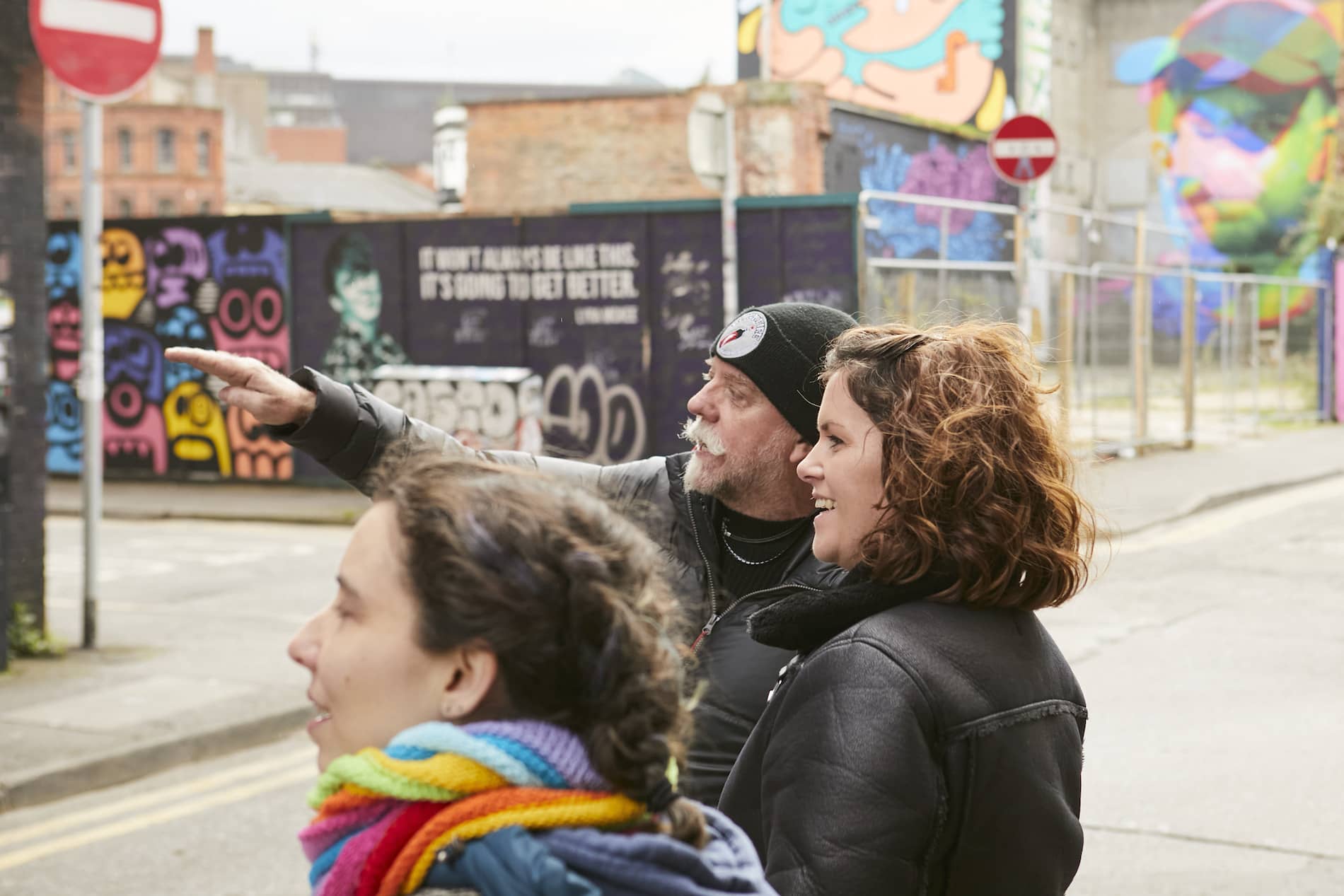
Seedhead Arts walking tour
This street art movement has grown and expanded since the Troubles, and it is not marked out by what might be called “tribal affiliations”.
“There’s a massive tradition here of what I call ‘third-culture’ stuff,” says Adam Turkington, This culture is neither Protestant nor Catholic, loyalist nor nationalist.

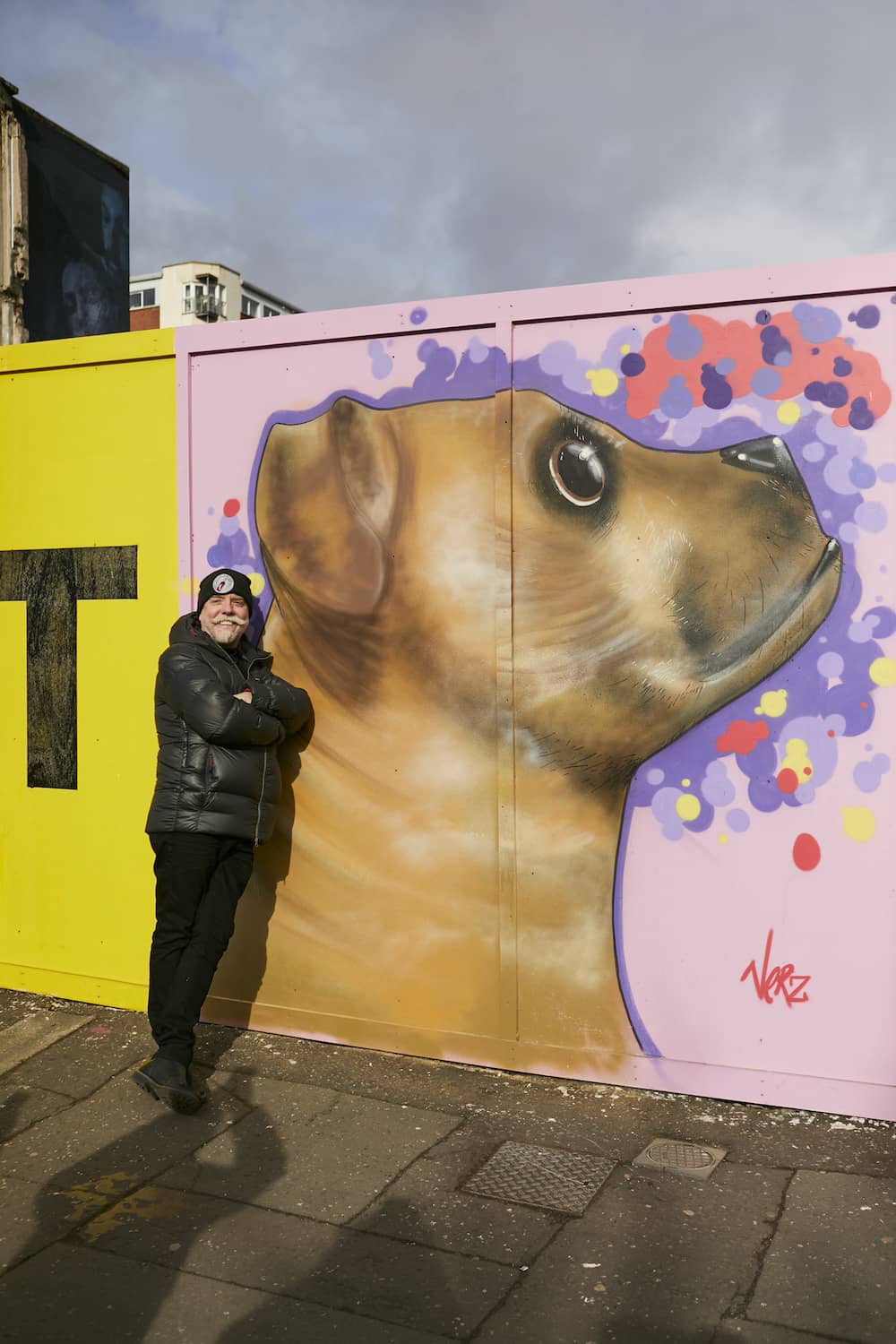
Patrick the Dog by Verz

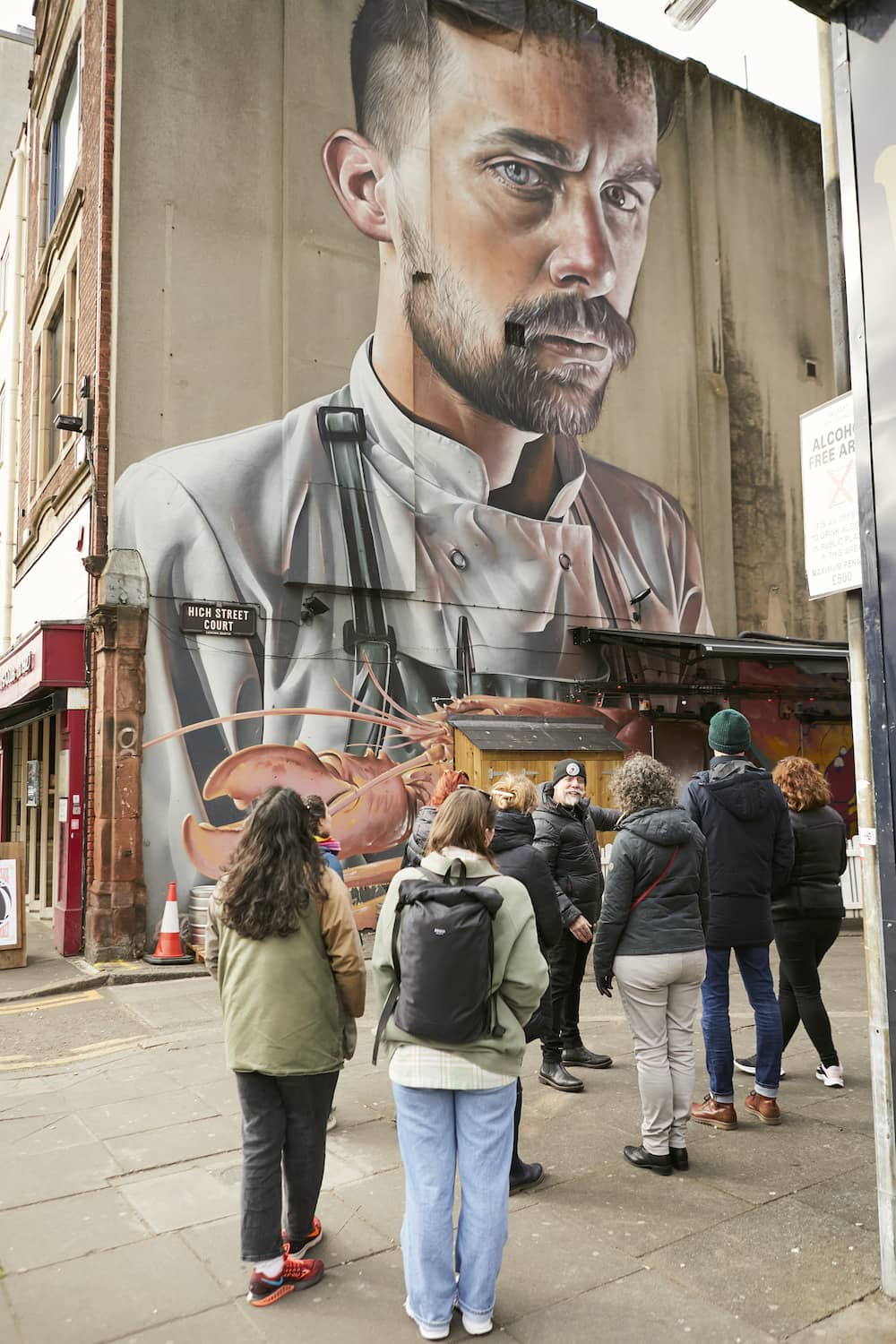
Artwork by Smug
“It has come out of a movement that also encompasses various alternative sub-cultures. Over the decades in Belfast, there’s always been a big punk tradition alongside a rave culture and hip-hop culture. There has also been a big break-dancing tradition as well as a long tradition of graffiti writing.
“The ‘Teenage Dreams’ mural in east Belfast became a famous icon, a homage if you like, to the punk era. It comes from the Undertones song, and was removed from its wall, but since restored,” says Adam.
In the Cathedral Quarter, in front of the John Hewitt pub in Donegall Street, a detailed image of a parked bicycle carries the caption, “Every turn of the wheel is a revolution”. By KVLR, or Kev Largey, it’s been there for 20 years.

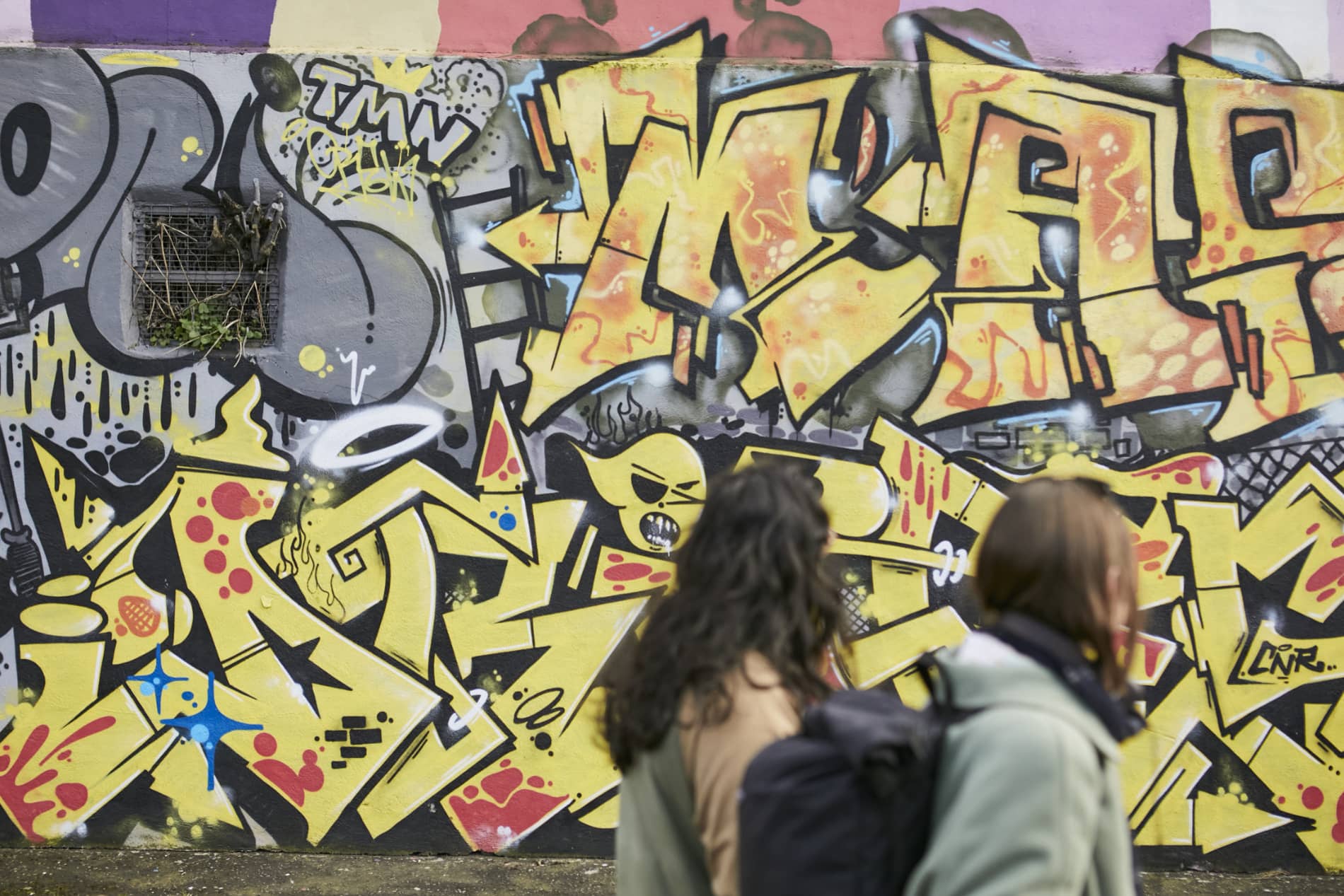
Yellow graffiti street art
The street art scene is intertwined with the music culture of Belfast, the literary movement and the dance culture. According to Adam Turkington, a new appraisal of public spaces has developed — a belief that they belong to everyone, not just one section of a community or another.
“Back in the 20th century in Northern Ireland a generation of artists arose – from Seamus Heaney to the Downpatrick band Ash, and from Teri Hooley to Stiff Little Fingers. They didn’t define themselves in religious terms, or political terms, but primarily as human beings. That’s something we have sought to build on,” says Adam. He calls it “third culture stuff”; the people that want to stand outside the binary certainties of “tribal” heritage.

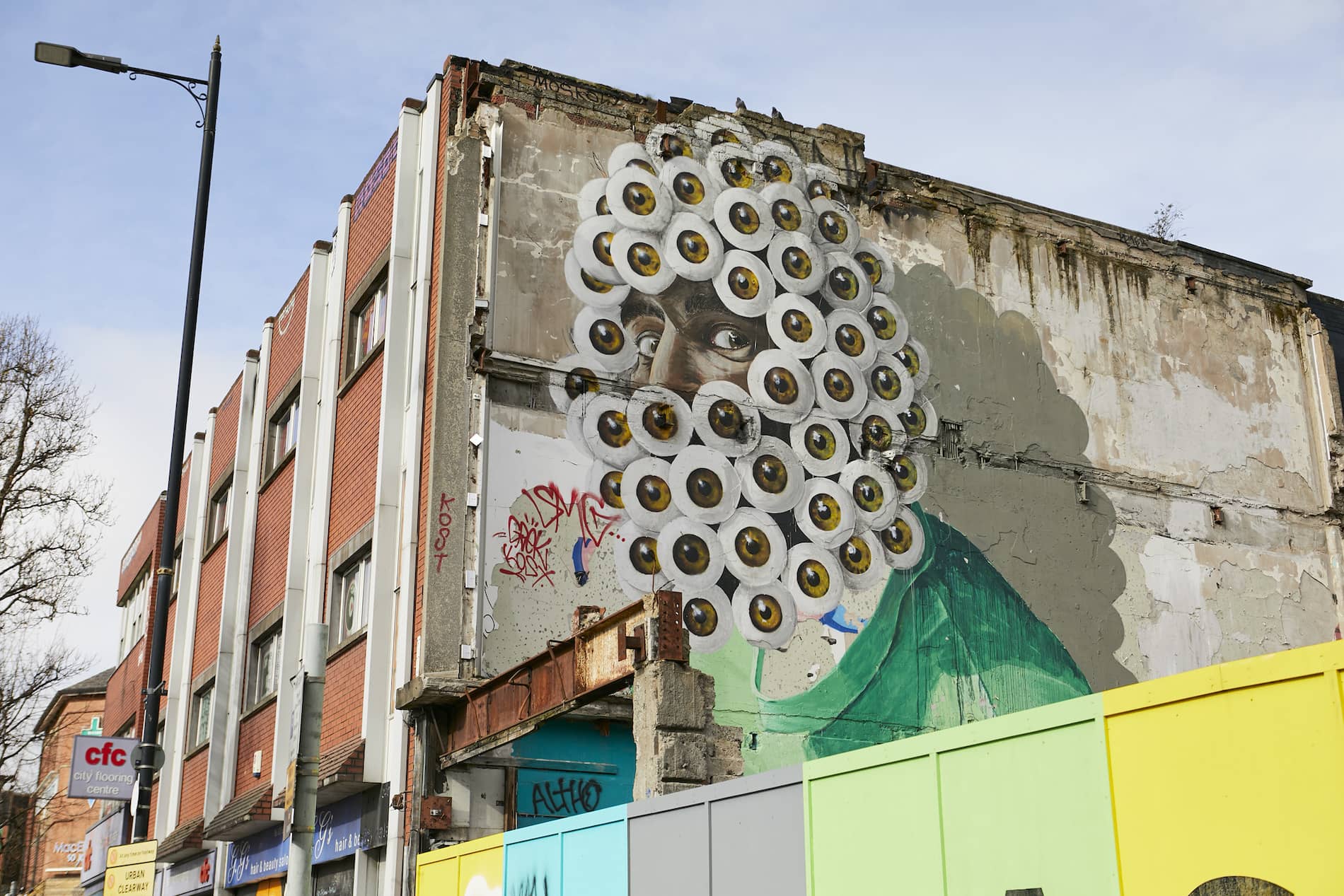
Can’t Unsee by Asbestos
“Even during Belfast’s darkest times, taking a global view was something that many people tried to do, and were successful at it. They managed it. But of course saying that you don't belong to one section of the community or another, that in itself can be risky.
Back then, to say you belonged to a subculture that existed beyond the old divisions, that you were standing outside it, was a dangerous thing to do. It’s less dangerous now, and the scene has grown with the spread of this ‘third community’.”

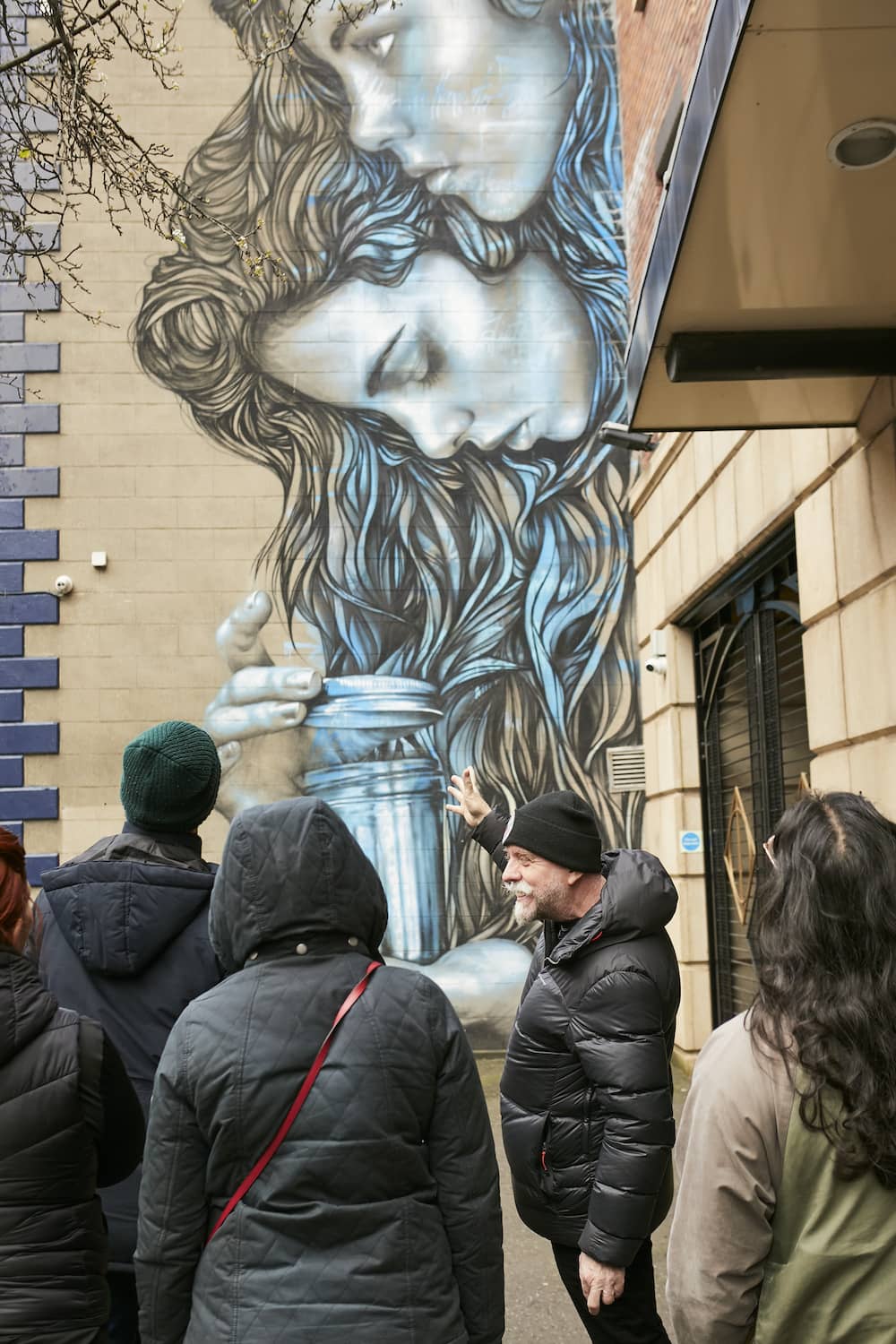
True to our Words by Christina Angelina

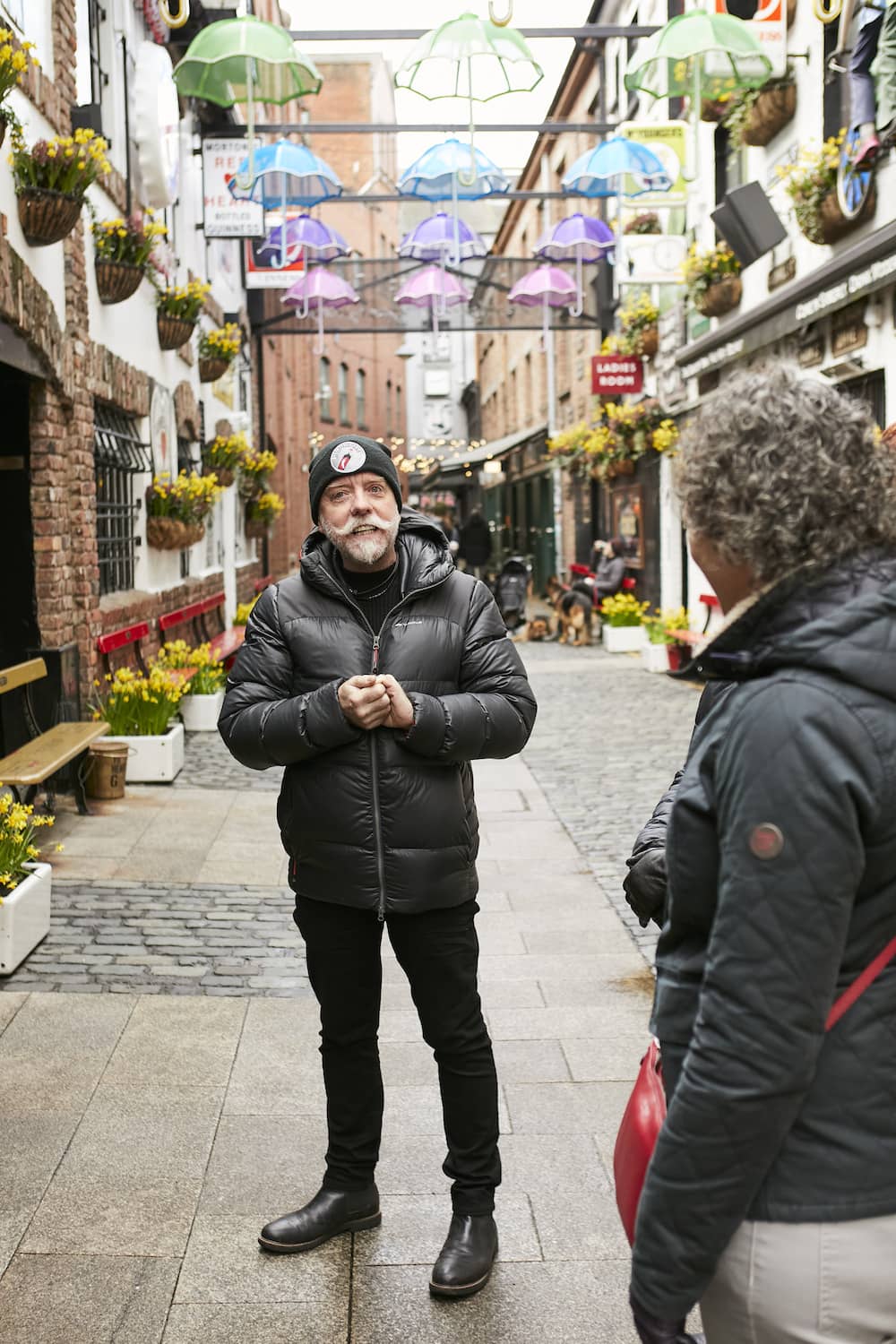
Tour guide, Seedhead Arts walking tour
Today Adam Turkington runs the Seedhead Street Art tours, guided tours which take place every Sunday at noon.
The two-hour street art walking tour is devised and led by local artists who will give you the inside story on the ever-changing face of contemporary street art in Belfast: the styles, the message being conveyed in the various murals, and who knows you might even stumble on the very meaning of art.
It’s the sort of thing that can happen to you in Belfast.





